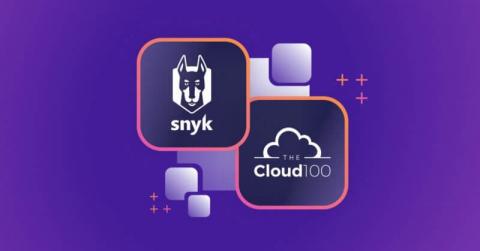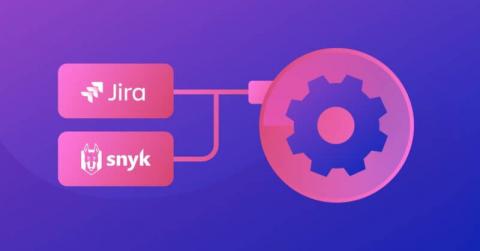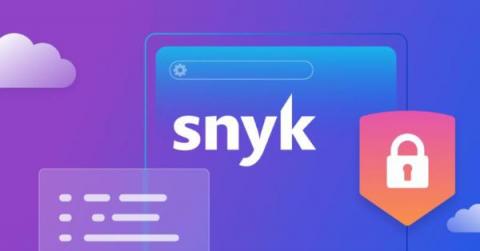Snyk ranked #20 on 2022 Forbes Cloud 100 list
On behalf of the entire Snyk community, I am excited to share that Forbes has named Snyk to the Forbes Cloud 100 list for the third consecutive year, coming in at #20 — which is 19 spots higher than last year! The full list was unveiled this morning.











